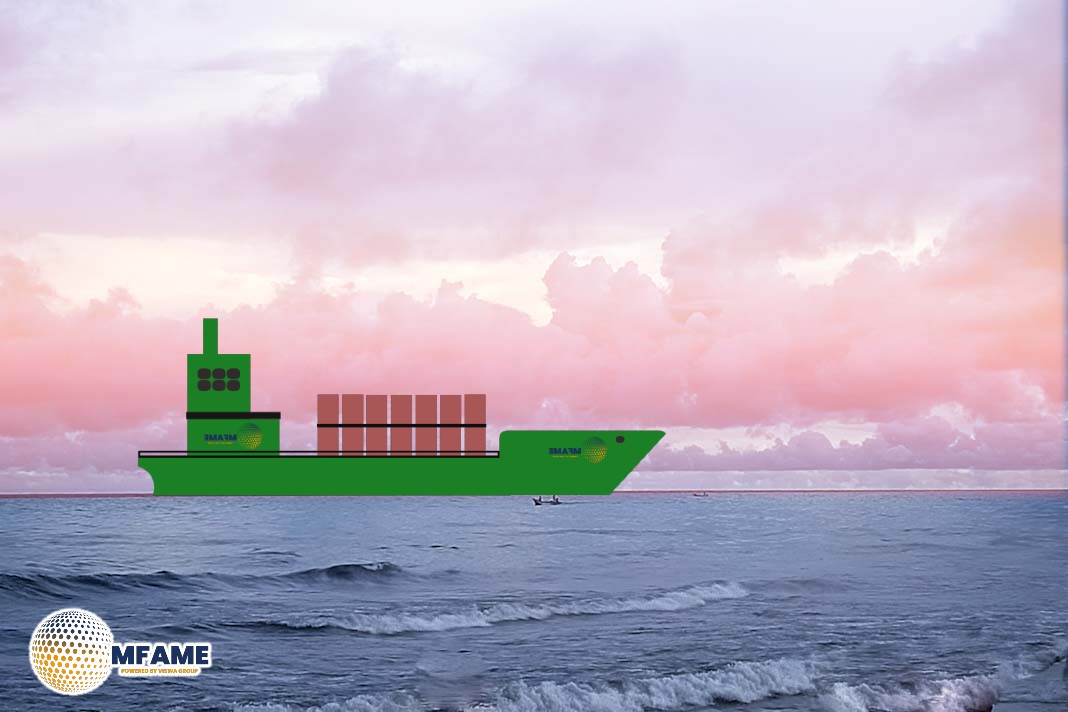- Trade Investigation Finds China’s Shipbuilding Dominance Growing Rapidly.
- Proposed Fees and Restrictions Aim to Boost US Maritime Industry.
- New Levy of Up to $1 Million on Chinese-Built Ships Entering US Ports.
The Trump administration has announced a proposal to charge fees on Chinese-made commercial ships that carry traded goods. Revealed on Friday (Feb 21) by the US Trade Representative’s Office (USTR), the proposal also calls for mandates that include carrying some portion of US exports on American carriers. The proposal is the result of a trade inquiry into China’s shipbuilding, maritime, and logistics practices, which ended in the Biden administration and cautioned about China’s increasing dominance in the three areas, reports Business Times.
Findings of the Trade Investigation
The investigation revealed that China has greatly increased its presence in international shipbuilding, logistics, and maritime shipping. China’s market share in shipbuilding has grown from below 5% in 1999 to above 50% in 2023, as per the USTR. China held 19% of the commercial world fleet and 95% of international shipping container manufacturing as of January 2023. The report identified that China’s dominance is due to low prices, weaker labour requirements, and artificially cheap labour costs, making it possible for it to control prices by undercutting rivals. The Biden government earlier underscored that such increased dependence on Chinese shipping presents economic security concerns, especially if supply chains were to be disrupted.
Suggested Charges and Shipping Controls
As a counter against China’s predominance, the USTR suggested under Section 301 of the 1974 Trade Act a list of steps. These suggestions are now open for public comment and will be scrutinized at an upcoming hearing later this month. Among the most important measures is a tariff of up to $1 million on Chinese ships that arrive in US ports. The administration is also seeking to impose increasingly stringent limits on the transport of US products via foreign vessels. The proposal would have at least 1% of all US maritime exports be carried on US-flag and US-operated vessels, beginning with the first 1%. In the following seven years, this mandate would rise to 15%, later broadening to include the use of US-built ships as well.
The suggested restrictions are an expansion of the Jones Act, a federal law that requires the deployment of US-built, registered, and manned ships in shipping commodities between US ports. While the Jones Act has been operational for domestic shipments, this suggestion aims to bring similar specifications to international trade.
Impact on the Global Shipping Industry
If adopted, these steps would have significant implications for the shipping business and international trade. Increased shipping costs on Chinese ships may mean new business for shipbuilders in South Korea and Japan, which also command considerable market shares in commercial shipbuilding. But American importers and retailers will likely resist the plan, saying higher shipping costs will necessarily result in higher consumer prices.
Political and Strategic Considerations
The action is part of Trump’s wider trade policy, which also involves a 10% tariff on all imports from China because Beijing has not adequately suppressed the trafficking of fentanyl. Trump also warned of more tariffs on sectors like autos, semiconductors, pharmaceuticals, and wood products that will come into force by early April.
The shipping sector is seen as a key source of leverage for China because the international trading system relies on its ships. The USTR threatened that any interruption—either accidental or intentional—would trigger massive supply chain shocks. That threat has prompted China’s control of shipping to become a top concern for US lawmakers and trade representatives. The proposal has been endorsed by labour unions and has been championed by National Security Advisor Mike Waltz, who also co-sponsored legislation on China’s dominance of shipping during his time in Congress.
Next Steps and Industry Response
The intended fees and shipping restrictions will next enter a period of public comment, with the USTR facing a hearing in one month. The USTR must adhere to a statutory deadline for completion of remedies from the probe, but it is proceeding amid wait for Trump’s nominee, Jamieson Greer, for US Trade Representative to receive Senate confirmation.
As the US government weighs the economic and national security implications of these actions, industry players—retailers and logistics companies—will likely resist, claiming that the increased expenses will ultimately be passed on to consumers. Beijing, in turn, will likely see the action as part of an intensifying bout of trade tensions, laying the groundwork for possible retaliatory steps in return.
Did you subscribe to our daily Newsletter?
It’s Free Click here to Subscribe!
Source: Business Times

















